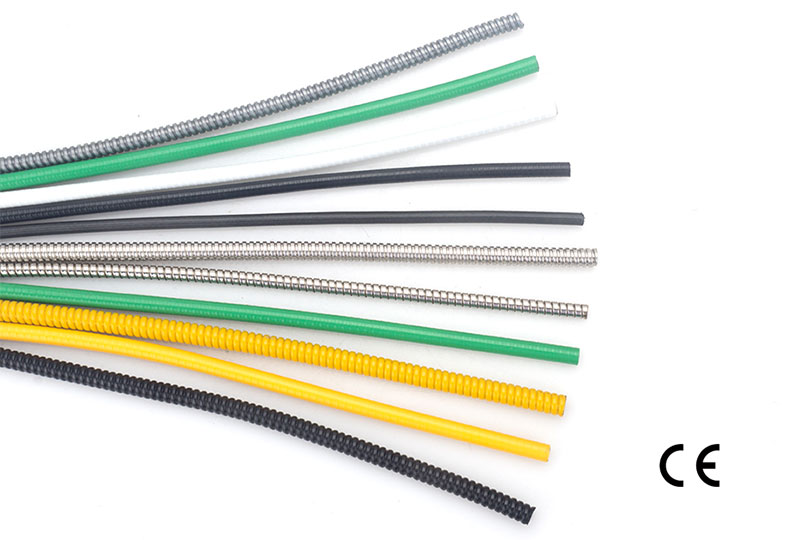Simply put, Electrical Flexible Conduit is used to protect electrical cable and wire. But, all conduits aren't created equal! There are different types, each suited for specific conditions and applications, and each with its unique selecting the right conduit for the job.
Rigid Metal Conduit, or type RMC, is most commonly known as "rigid." It has long been the standard for providing superior protection from severe physical and environmental damage. Galvanized steel RMC is factory-threaded at both ends, and has a coupler applied on one end.
Flexible Metal Conduit, or type FMC, is more commonly known as "flex" or "Greenfield." It's manufactured from an interlocking, spirally wound metal strip. Although the length of installation is not limited, it's used most commonly for the last several feet of a more conventional conduit system that would be difficult to terminate. For example, to connect light fixtures in a suspended grid ceiling. It's also used for equipment which is subject to movement or vibration, such as pumps or manufacturing equipment.

Liquid Tight Flexible Metal Conduit, or type LFMC, is commonly known as "liquidtight" or "sealtight." Like FMC, LFMC is made with an interlocking, spirally wound metal strip; however, it has an overall outer covering of liquidtight, sunlight-resistant, non-metallic material. Also like FMC, length of installation is not limited, and it's used most commonly for the last several feet of a more conventional conduit system that would be difficult to terminate, and for equipment that's prone to movement or vibration. It's an excellent choice for environments with dust, vapor, or moisture.
评论
发表评论